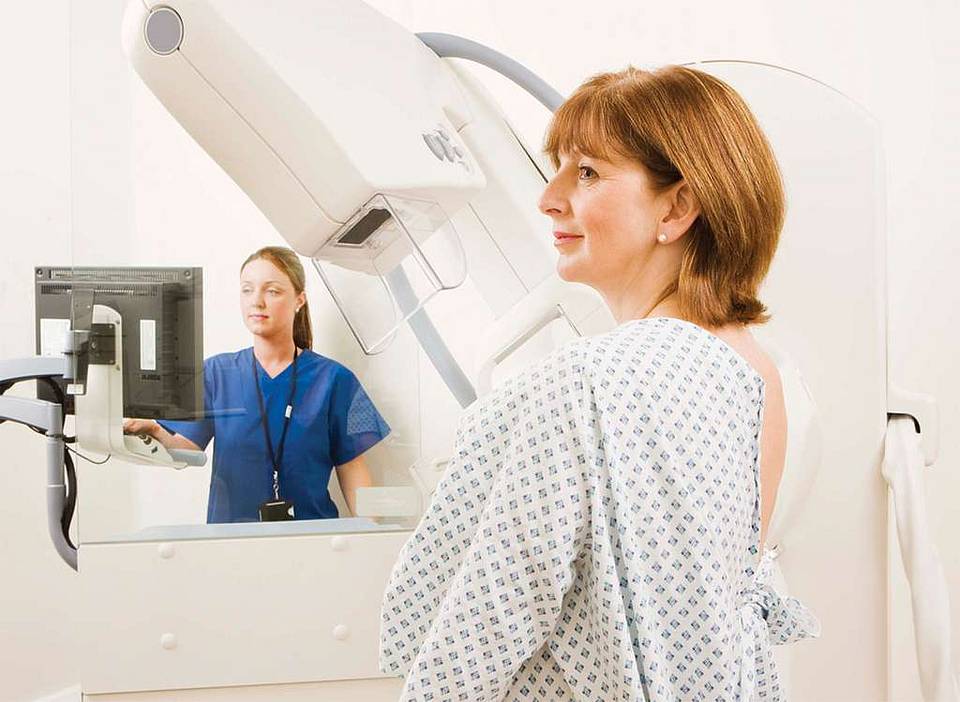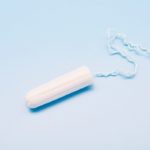
This year, the National Cancer Institute predicts 297,790 new cases of female breast cancer in the United States. While the chances of survival are drastically increased when the disease is caught early in a mammogram, it’s not a perfect formula – according to the NCI, screening mammograms miss about 20 percent of breast cancers. Here’s where artificial intelligence may be able to help.
A study published in the journal The Lancet Oncology shows that in a trial conducted by Swedish researchers, AI screenings produced more accurate results than screenings conducted by two radiologists.
The researchers, all based at Lund University in Sweden, assessed scans from more than 80,000 women who underwent a mammogram between April 2021 and July 2022. Half the mammograms were read by two radiologists without help from AI, and the other half were read by AI before being read by a radiologist.
The group of mammograms read with help from AI saw a cancer detection rate 20 percent higher than that of the group that didn’t use AI. Additionally, the use of AI did not result in more false positives, where a mammogram detects an abnormality when there is no cancer present. Both groups showed the same false-positive rate of 1.5 percent.
Although the study is said to be the first randomized controlled trial to look at using AI in detecting breast cancer, it’s not the first to test out AI in medical settings. As the global interest in AI’s capabilities and risks reaches an all-time high, researchers are publishing all sorts of findings. For example, researchers at MIT have recently designed a wearable ultrasound device using AI algorithms that could allow for more frequent monitoring of patients who pose a high risk for breast cancer.
Although more follow-up trials are required for AI-assisted mammograms, the lead author Dr Kristina Lång noted the greatest potential for AI right now is the possibility of reduced screen-reading workload for radiologists – who, according to a 2022 Medscape Survey, are some of the most burned-out medical professionals.
“While our AI-supported screening system requires at least one radiologist in charge of detection, it could potentially do away with the need for double reading of the majority of mammograms, easing the pressure on workloads and enabling radiologists to focus on more advanced diagnostics while shortening waiting times for patients,” she said.
Dr. Laura Heacock, a radiologist at NYU Langone Perlmutter Cancer Center who was not involved in the study, told CNN she sees AI as an aid to help radiologists do their jobs better. “Think of it as a tool like a stethoscope for a cardiologist,” she said.
Another radiologist, Dr. Stamatia Destounis at Elizabeth Wende Breast Care in Rochester, New York, echoed Heacocks’s enthusiasm. “With mammography, our goal is to detect breast cancer as early as possible, to give each patient the best prognosis,” she told CNN. “So anything that will make us more accurate is a wonderful thing.”



